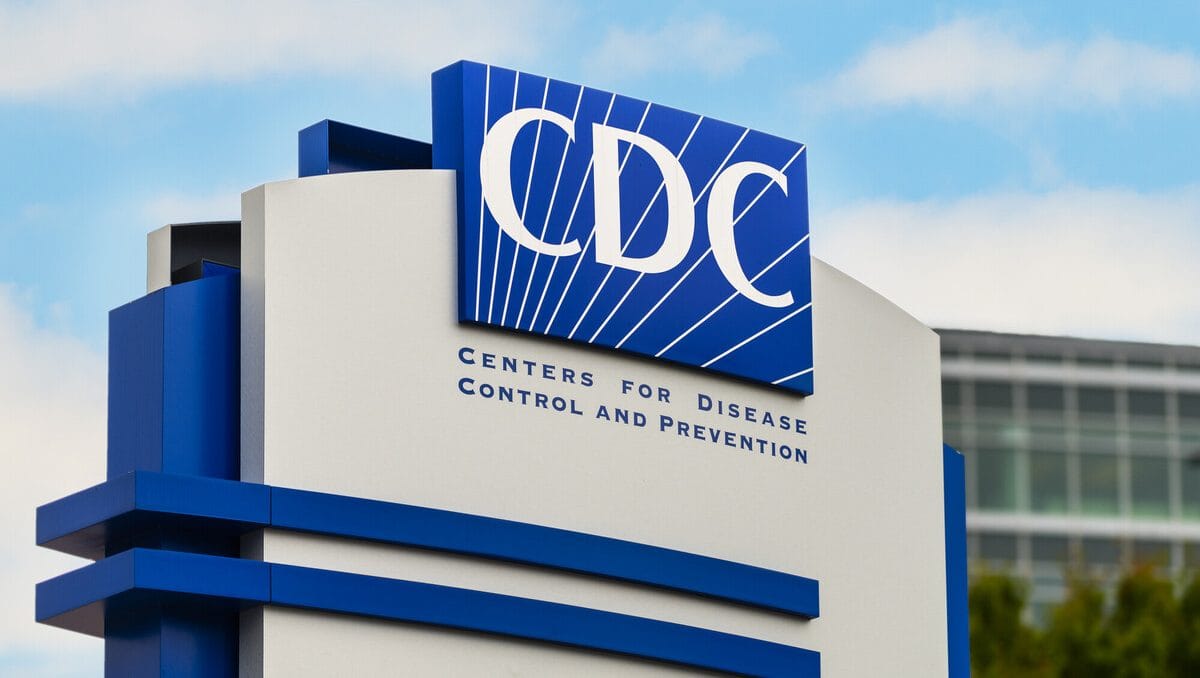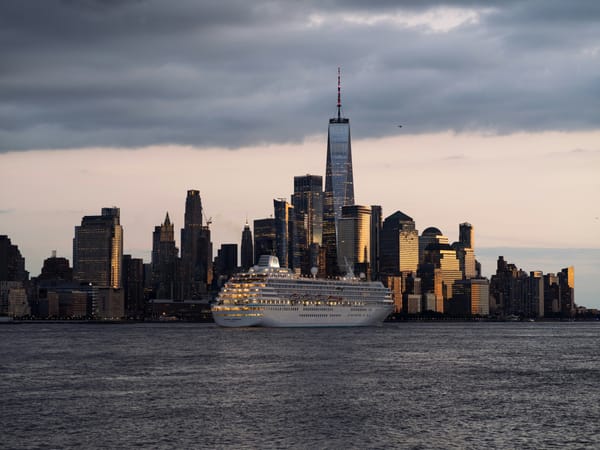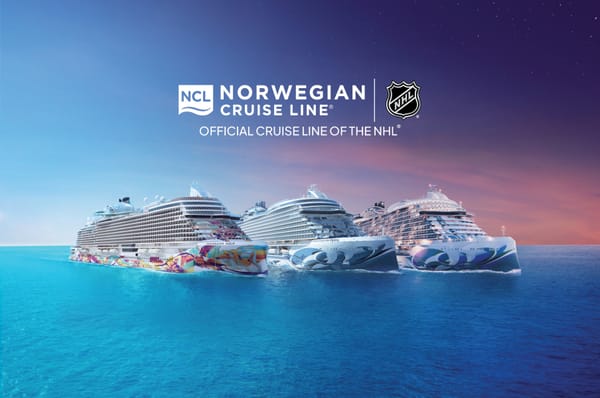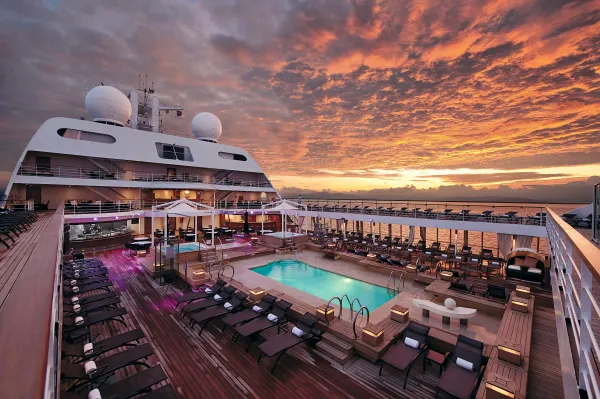CDC Staff Cuts Raise Concerns Over Cruise Ship Sanitation Amid Norovirus Rise
With fewer CDC inspectors overseeing cruise ship sanitation amid a spike in norovirus cases, public health experts caution that reduced staffing may challenge effective outbreak prevention at sea.

Staff reductions within the Centers for Disease Control and Prevention (CDC) have raised questions about the Vessel Sanitation Program (VSP), a longstanding initiative that inspects cruise ships for potential public health risks. In April, widespread layoffs initiated by Health and Human Services (HHS) Secretary Robert F. Kennedy Jr. resulted in the departure of civilian staff who conducted core VSP functions, prompting industry observers to question whether the reduced team can adequately monitor a rising number of norovirus outbreaks. While both HHS and the CDC affirm that critical VSP duties continue, experts worry that the current workforce of around a dozen commissioned officers may face mounting challenges in a record year for gastrointestinal illnesses.
Key Role of the Vessel Sanitation Program
The VSP has long been recognized as a crucial line of defense against illnesses such as norovirus, E. coli, and salmonella on cruise ships. Key activities include:
- Twice-yearly, unannounced sanitation inspections of large vessels with foreign itineraries.
- Tracking and investigating norovirus and other gastrointestinal outbreaks.
- Reviewing onboard design features to ensure compliance with sanitary standards.
- Running training programs to promote proper sanitation practices among ship staff.
These established protocols have contributed to strong inspection performance over the years. In March, Cunard Lines’ Queen Victoria earned a score of 96 out of 100, and Celebrity Cruises’ Celebrity Summit scored 92 out of 100. However, with this year’s emergence of a new norovirus strain, GII.17[P17], responsible for roughly 70 percent of cases, the importance of maintaining robust inspection capabilities is underscored.
Layoffs and a Reduced Workforce
The recent staff cuts ended positions for dozens of civilian employees who funded their work through fees that cruise lines pay for inspections, rather than taxpayer dollars. With their departure, approximately 12 Public Health Service officers remain on the VSP team. These commissioned officers were exempt from the layoffs, but critics note that an overall reduction from two dozen staff members could strain the program’s capacity. According to Erik Svendsen, former head of the CDC’s Division of Environmental Health Science and Practice, the lack of adequate staffing could leave inspections compromised, particularly for ships docking outside U.S. ports.
The layoffs come as norovirus outbreaks surge. So far in 2025, 12 outbreaks have been reported, leading some observers to question whether limited staffing can sufficiently monitor sanitation conditions and respond to ongoing incidents. Many worry that delayed or reduced inspections could increase health risks, especially when simultaneous voyages experience illness clusters.
Concerns About Norovirus and Sanitation
Multiple cruise ships have reported norovirus outbreaks this year, underscoring the VSP’s role in swift identification and containment. Prior to the layoffs, civilian inspectors worked alongside commissioned officers to evaluate cleanliness, investigate suspected outbreaks, and provide real-time guidance on preventing recurrence. Now, industry watchers caution that diminished resources might hamper these efforts. Nevertheless, a Department of Health and Human Services official said, “Critical programs in the CDC will continue under Secretary Kennedy’s vision to streamline HHS to better serve Americans. CDC’s Vessel Sanitation Program continues to monitor and assist with gastrointestinal outbreaks and track and report these illnesses.”
Funding and Operational Realities
The VSP is funded by user fees from cruise operators, ranging from about $8,000 to $64,000 per inspection, depending on ship size. These fees have historically supported both inspections and outbreak management, making the recent workforce reduction perplexing to some. HHS and CDC representatives maintain that essential services will be preserved. However, with a smaller team handling design reviews, outbreak tracking, and follow-up inspections, questions remain about the program’s overall capacity in a period of elevated norovirus transmission.
Cruise Industry Response
Represented by the Cruise Lines International Association (CLIA), the industry has moved to reassure passengers. “Our understanding from the CDC is that the Vessel Sanitation Program, which is voluntary and funded by the cruise industry, will continue to operate,” CLIA officials stated. “Additionally, public reports have noted that the program is administered and staffed primarily by commissioned U.S. Public Health officers, so we expect some programmatic activities to continue in some capacity.” Many cruise lines continue to emphasize frequent hand-washing, shipwide sanitation measures, and compliance with VSP guidelines, hoping to maintain traveler confidence and avoid service disruptions.
Global Health Standards and Ongoing Oversight
Outside the United States, agencies in the European Union rely on the SHIPSAN Manual for sanitation checks, while the Caribbean Public Health Agency requires 24-hour illness reporting before docking. Flag states such as the Bahamas also adhere to International Maritime Organization mandates. Many of these guidelines were shaped with input from the VSP and provide an additional safety net for passengers sailing in international waters. Still, analysts note that the absence of full U.S. inspections could leave some vessels without the rigorous checks and unannounced visits that have long been a hallmark of the Vessel Sanitation Program.
For travelers, experts advise continuing to monitor CDC inspection scores and headlines about onboard illnesses. Maintaining proper hand hygiene remains one of the simplest yet most effective ways to curb norovirus transmission. Meanwhile, state and federal lawmakers have yet to confirm whether the VSP will be restructured or reinstated to overcome its current staffing challenges.
Frequently Asked Questions (FAQs)
Why has the Vessel Sanitation Program been scaled back?
Layoffs were part of a broader restructuring within the Department of Health and Human Services, initiated by Secretary Robert F. Kennedy Jr. Although cruise line fees fund the VSP, civilian staff positions were eliminated, leaving primarily commissioned officers in place.
How will sanitation inspections continue with reduced staff?
Around 12 Public Health Service officers remain on the job, conducting unannounced inspections and outbreak monitoring. These officers are federally mandated, so the VSP continues in a scaled-back capacity despite fewer available personnel.
Is the outbreak risk higher now compared to previous seasons?
This year has seen an uptick in norovirus outbreaks, attributed in part to a new strain, GII.17[P17]. With lower staffing, response times could be affected, but the CDC insists core VSP functions remain intact.
What does the industry say about these changes?
CLIA, representing major cruise operators, has reaffirmed its commitment to CDC guidelines and existing health protocols. Cruise lines continue emphasizing hygiene practices, regular sanitation, and passenger health education.
Could the VSP be fully reinstated?
HHS officials have suggested that cut programs may be restructured or reinstated, but no firm plan has been announced. Whether civilian staff will be rehired to expand the VSP remains under discussion.
As cruise passenger numbers rebound, both health officials and industry leaders say the Vessel Sanitation Program’s effectiveness will be key to maintaining public trust. With commissioned officers still conducting ship inspections, the programs core remains operational, yet many observers note that a smaller workforce must carefully manage a heavier workload to safeguard passenger health and sustain the cruise industry’s reputation for safety.




